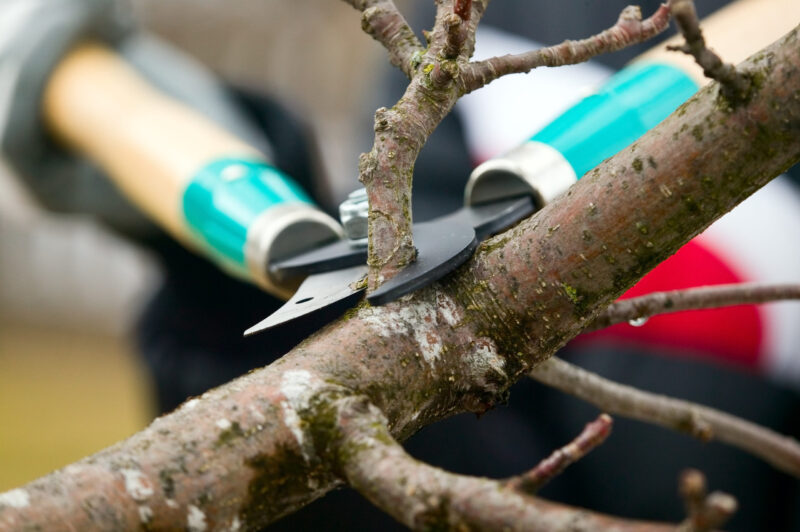Trimming trees is a necessary task for any outdoor area. But how do you know when its time to trim or prune your tree? This guide will provide an in-depth look at the best age for trees before they should be trimmed, as well as tips and tricks to make sure that your trees stay healthy and strong.
Learn all you need to know about trimming old trees with this 2023 Guide: How Old Should a Tree Be Before Trimming Its Branches?
Reasons for Pruning Trees
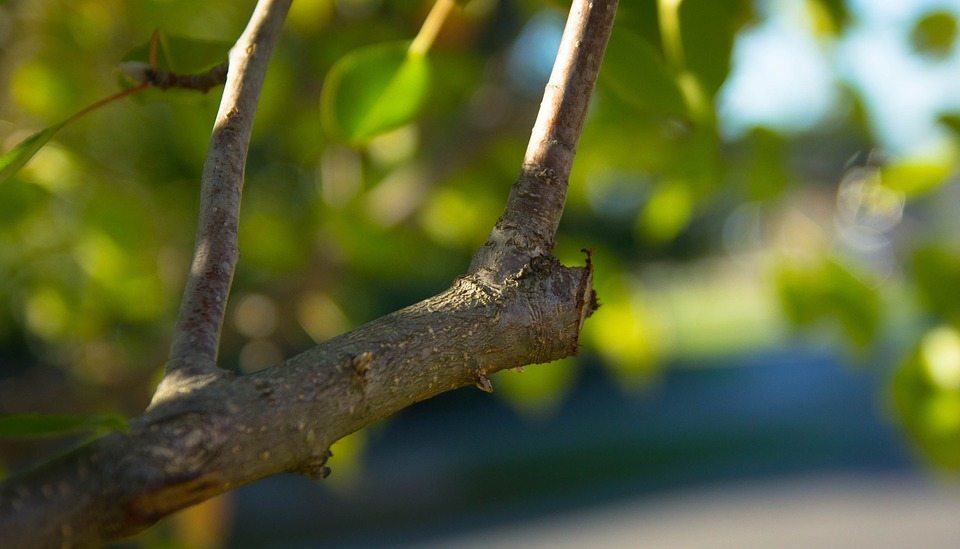
Reasons for pruning trees include promoting healthy growth, preventing disease and insect infestations, avoiding hazardous branches, thinning out overcrowding in the canopy of a tree, and improving aesthetics. Pruning can help maintain the natural shape of a tree by removing dead or damaged limbs that do not fit into its structure.
It can also be used to prevent potential damage from large branches during storms or strong winds. Additionally, trimming overgrown branches may reduce competition for nutrients among other trees in the area.
When it comes to when to prune a trees branches, there is no one-size-fits all answer – it really depends on what you are trying to achieve with your specific species of tree as well as local climate conditions. Nonetheless, as outlined in this 2023 Guide on How Old Should A Tree Be Before Trimming Its Branches?
if you decide that trimming your trees branches is necessary than its important to ensure that they remain at least two years old before any significant cutting back occurs – this will help promote optimal health and growth while mitigating risk of injury caused by incorrectly timed pruning activities.
When to Trim a Trees Branches
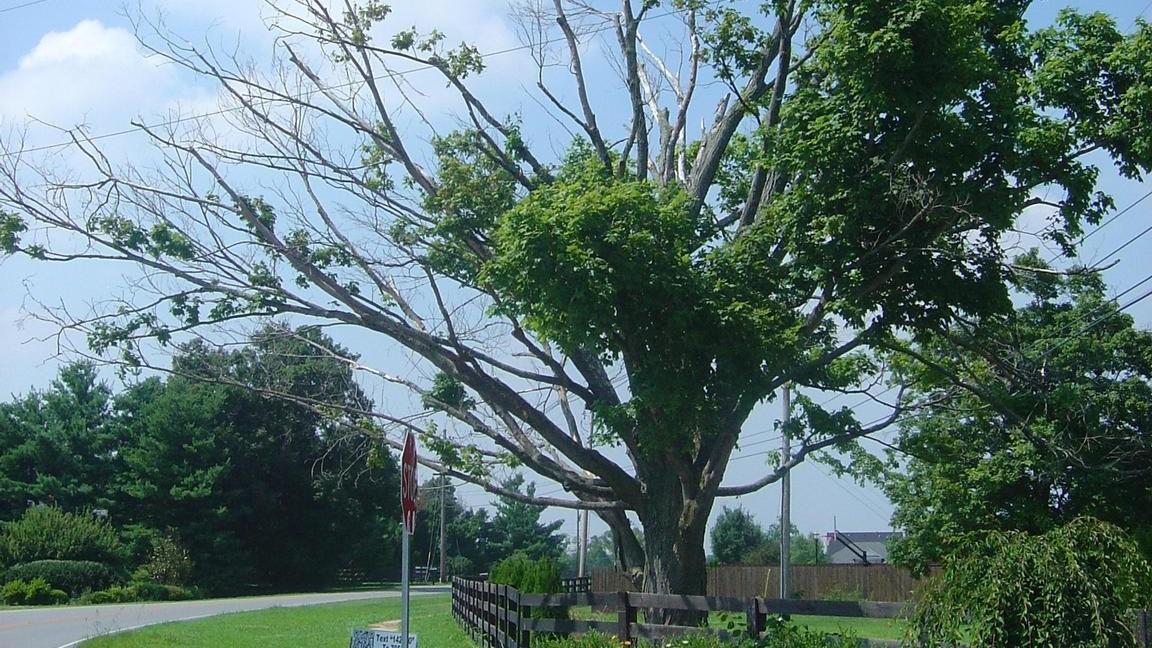
When it comes to trimming a trees branches, timing is essential. In the case of trees that are younger than 2023, it is best not to prune their branches as this may cause damage or hinder growth.
However, once a tree reaches maturity in the year 2023, then there are several occasions when pruning can be beneficial. The first time to consider trimming a trees branches is during the early spring months when new buds start sprouting on its limbs and twigs.
By removing dead wood and weakly attached limbs at this time you will thoroughly shape and balance your trees form while encouraging healthy growth in later stages of development. Another good opportunity for branch trimming occurs before winter sets in; by thinning out overcrowded parts of your tree before cold weather hits you can reduce wind resistance which helps minimize potential breakage from strong gusts during stormy periods.
Additionally, removing excess weight can help ensure that snow doesnt accumulate too heavily on weaker branches which could lead to them breaking off from the rest of the canopy altogether. Finally, if any disease or insect infestation has affected your mature tree’s structural integrity then dont hesitate to opt for more extensive pruning activities right away so as to eliminate infected areas completely until they have healed up again naturally over time with proper care and attention being given throughout each stage of recovery process..
How to Safely Trim and Prune Trees
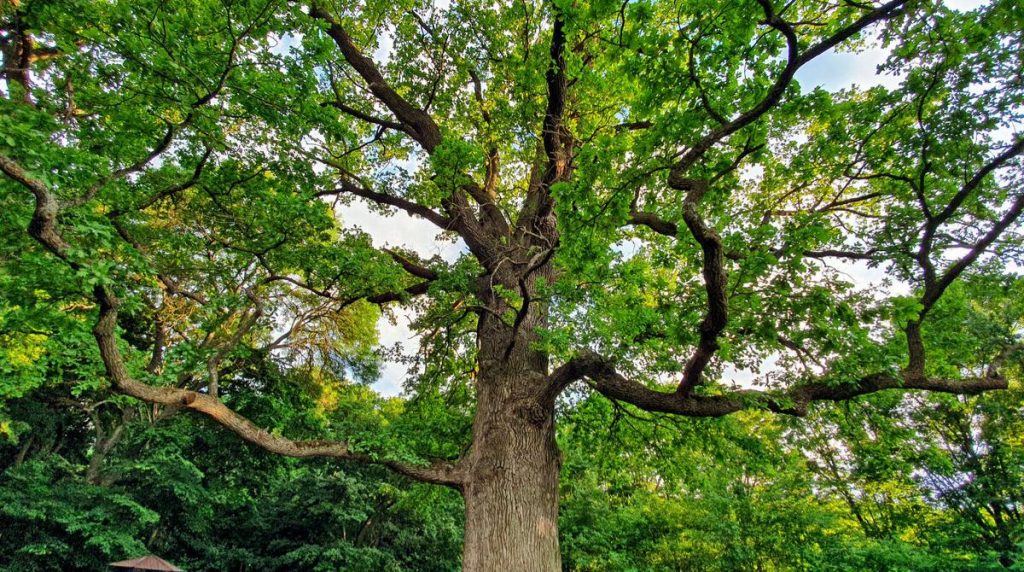
When it comes to trimming and pruning trees, safety is of the utmost importance. Its important to remember that while a tree may look mature, there are still age-related factors that should be taken into consideration before making any decisions about trimming or pruning.
For starters, young trees typically require more frequent and extensive care than a fully-grown tree. The reason for this is that young trees have yet to develop their natural form or structure; they may need help in order to do so properly and without harm.
Additionally, younger trees tend to be more sensitive than older ones because their root systems arent as well established yet. Pruning too much can damage a tree’s growth potential over time if not done correctly.
Certain species of trees also require different types of maintenance depending on where they are located geographically and what type of climate they face throughout the year. For example, certain evergreen species will need more seasonal attention due to the often harsher winters they endure compared with other regions around them which could result in dead branches needing removal earlier than expected during its life cycle when compared with milder climates further south or in warmer climates like California or Florida where seasonal fluctuations are less extreme overall.
So how old should a tree be before you start thinking about trimming its branches? While there isnt one definitive answer since each situation is unique based on location, climate and species of tree; generally speaking most experts suggest waiting until at least 3 years after planting before attempting any kind of major branch cutting back – especially for deciduous varieties such as maple or oak trees which take longer periods between cycles for regrowth and development.
Regardless of environmental conditions surrounding them relative to other shorter lived shrubs like junipers which don’t require nearly as long wait times between trimmings given proper plant health from season-to-season otherwise known as stacking. Regardless though an experienced professional arborist should always be consulted prior engaging in any sort activity near these living organisms no matter what your level expertise might be!
Conclusion
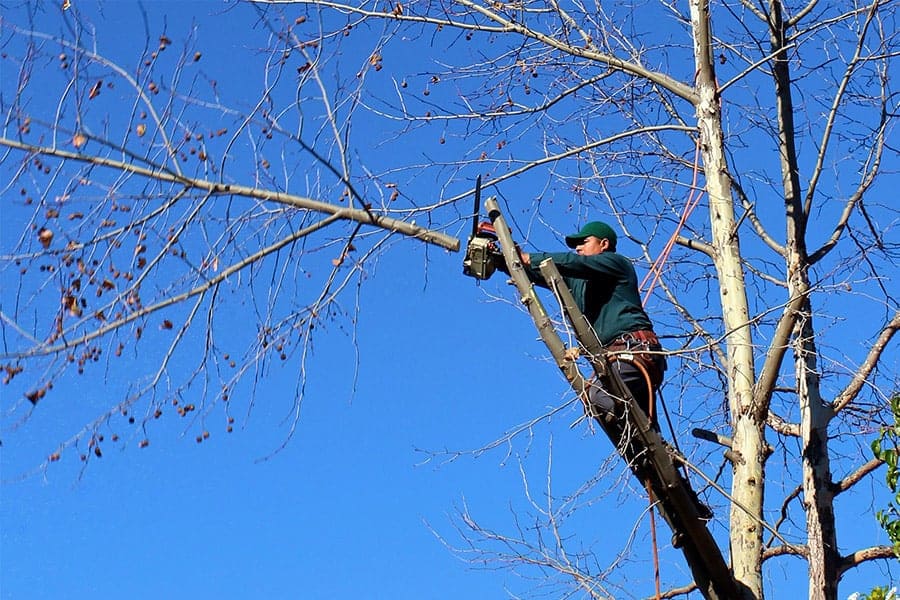
Trimming a tree’s branches is an important part of its regular maintenance and should be done when the tree has reached maturity. In general, trees should be at least 10-15 years old before they are pruned to ensure that they have a well established root system and structure.
Trees can also benefit from more frequent light trimmings throughout their lifetime if managed by AB Tree Pruning experts as this helps maintain the overall health of the tree. Regular trimming not only keeps your tree looking beautiful, but it also prevents any potential problems such as branch breakage or disease caused by overcrowding.
Remember: A healthy, mature tree will provide many years of enjoyment for you and your family!
